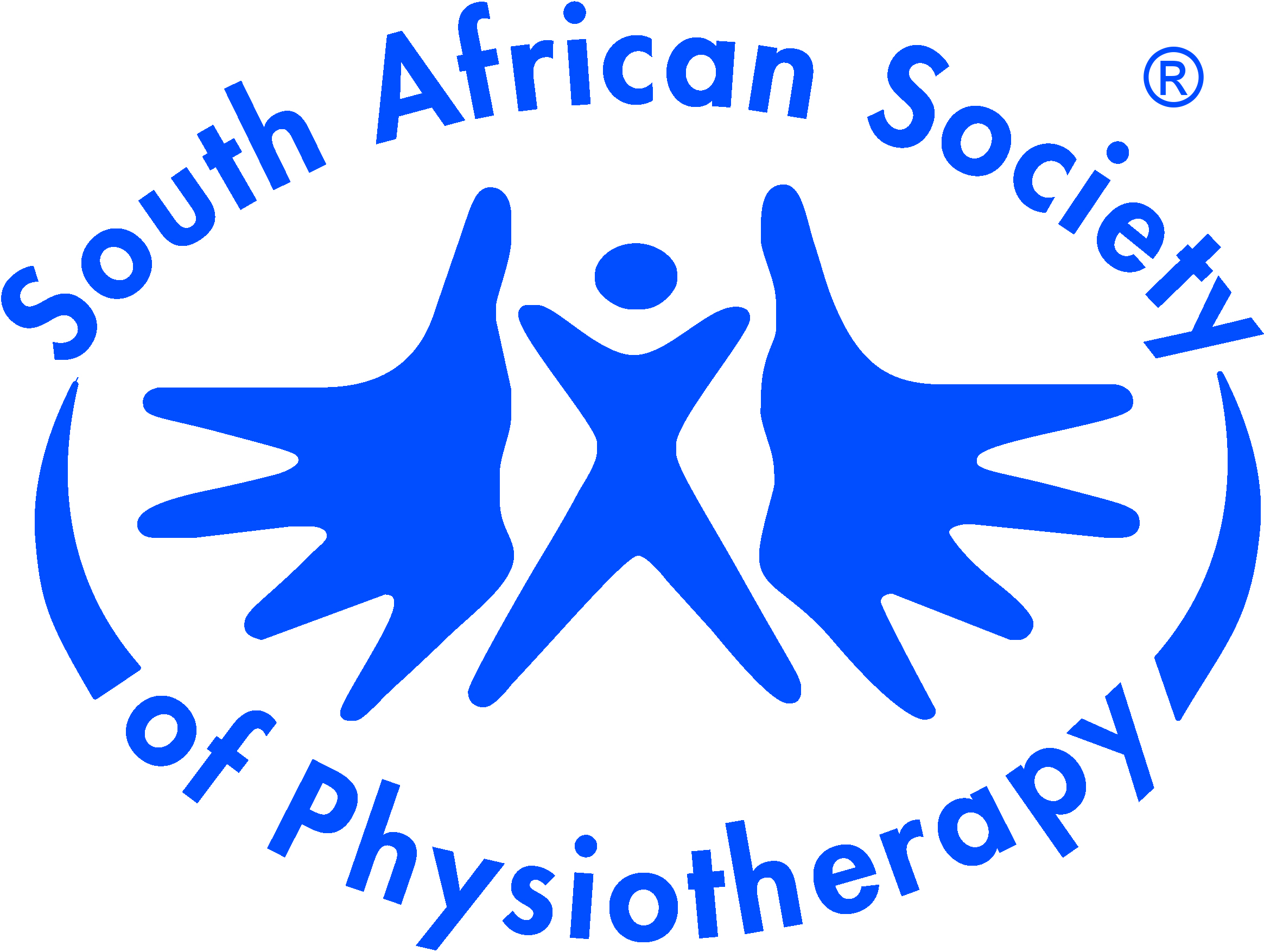Review Article
Exercise dosage to facilitate the recovery of balance, walking, and quality of life after stroke
Submitted: 10 October 2022 | Published: 10 February 2023
About the author(s)
Elogni R. Amanzonwé, Unit of NeuroRehabilitation, Department of Neurology NeuroRehabilitation, University of Parakou, Parakou, Benin; and, REVAL, Rehabilitation Research Center, Faculty of Rehabilitation Sciences, Hasselt University, Hasselt, BelgiumLisa Tedesco Triccas, REVAL, Rehabilitation Research Center, Faculty of Rehabilitation Sciences, Hasselt University, Hasselt, Belgium
Léopold Codjo, Department of Cardiology, Faculty of Medicine, University of Parakou, Parakou, Benin
Dominique Hansen, REVAL, Rehabilitation Research Center, Faculty of Rehabilitation Sciences, Hasselt University, Hasselt, Belgium; and, Heart Centre Hasselt, Jessa Hospital, Hasselt, Belgium
Peter Feys, REVAL, Rehabilitation Research Center, Faculty of Rehabilitation Sciences, Hasselt University, Hasselt, Belgium
Oyéné Kossi, REVAL, Rehabilitation Research Center, Faculty of Rehabilitation Sciences, Hasselt University, Hasselt, Belgium; and, Unit of NeuroRehabilitation, Department of Neurology NeuroRehabilitation, University Hospital of Parakou, Parakou, Benin; and, ENATSE, National School of Public Health and Epidemiology, University of Parakou, Parakou, Benin
Abstract
Background: Although aerobic training (AT) and resistance training (RT) are recommended after stroke, the optimal dosage of these interventions and their effectiveness on balance, walking capacity, and quality of life (QoL) remain conflicting.
Objective: Our study aimed to quantify the effects of different modes, dosages and settings of exercise therapy on balance, walking capacity, and QoL in stroke survivors.
Methods: PubMed, CINHAL, and Hinari databases were searched for randomised controlled trials (RCTs) evaluating the effects of AT and RT on balance, walking, and QoL in stroke survivors. The treatment effect was computed by the standard mean differences (SMDs).
Results: Twenty-eight trials (n = 1571 participants) were included. Aerobic training and RT interventions were ineffective on balance. Aerobic training interventions were the most effective in improving walking capacity (SMD = 0.37 [0.02, 0.71], p = 0.04). For walking, capacity, a higher dosage (duration ≥ 120 min/week; intensity ≥ 60% heart rate reserve) of AT interventions demonstrated a significantly greater effect (SMD = 0.58 [0.12, 1.04], p = 0.01). Combined AT and RT improved QoL (SMD = 0.56 [0.12, 0.98], p = 0.01). Hospital located rehabilitation setting was effective for improving walking capacity (SMD = 0.57 [0.06, 1.09], p = 0.03) compared with home and/or community and laboratory settings.
Conclusions: Our findings showed that neither AT nor RT have a significant effect on balance. However, AT executed in hospital-located settings with a higher dose is a more effective strategy to facilitate walking capacity in chronic stroke. In contrast, combined AT and RT is beneficial for improving QoL.
Clinical implications: A high dosage of aerobic exercise, duration ≥ 120 min/week; intensity ≥ 60% heart rate reserve is beneficial for improving walking capacity.
Keywords
Metrics
Total abstract views: 2338Total article views: 1831
Crossref Citations
1. High-intensity interval training is feasible, credible and clinically effective in the early subacute stroke stage in the low-income country of Benin
Elogni Renaud Amanzonwé, Oyéné Kossi, Sènadé Inès Noukpo, Thierry Adoukonou, Peter Feys, Dominique Hansen
Journal of Sports Sciences first page: 1 year: 2024
doi: 10.1080/02640414.2024.2381291
